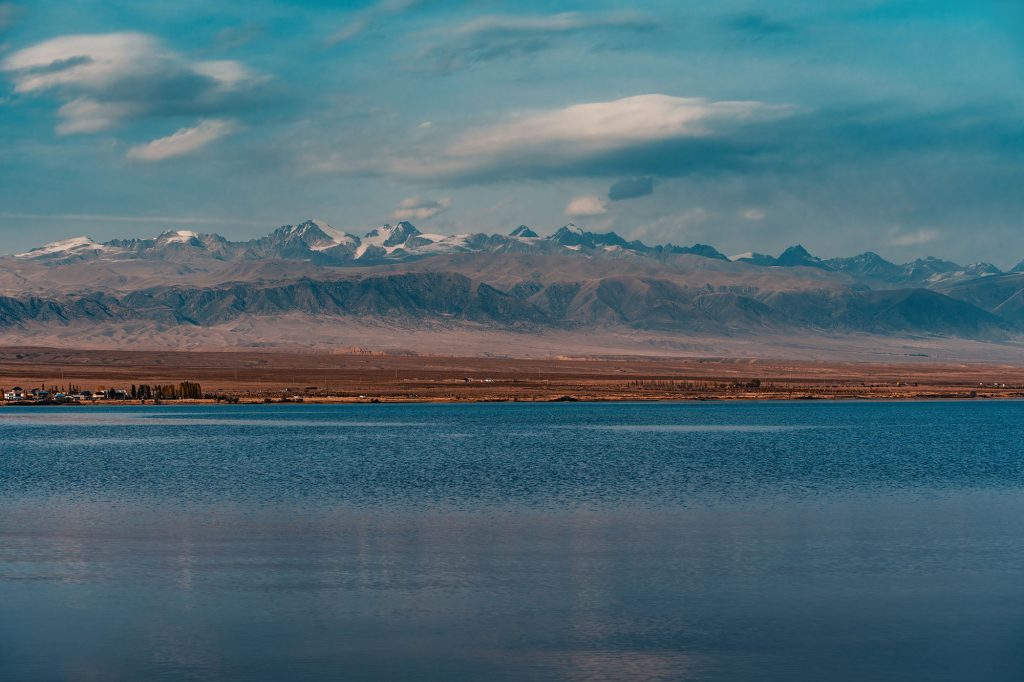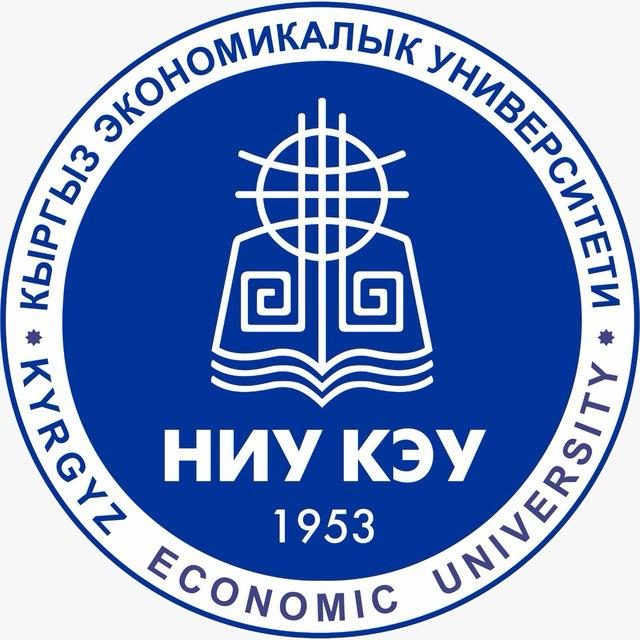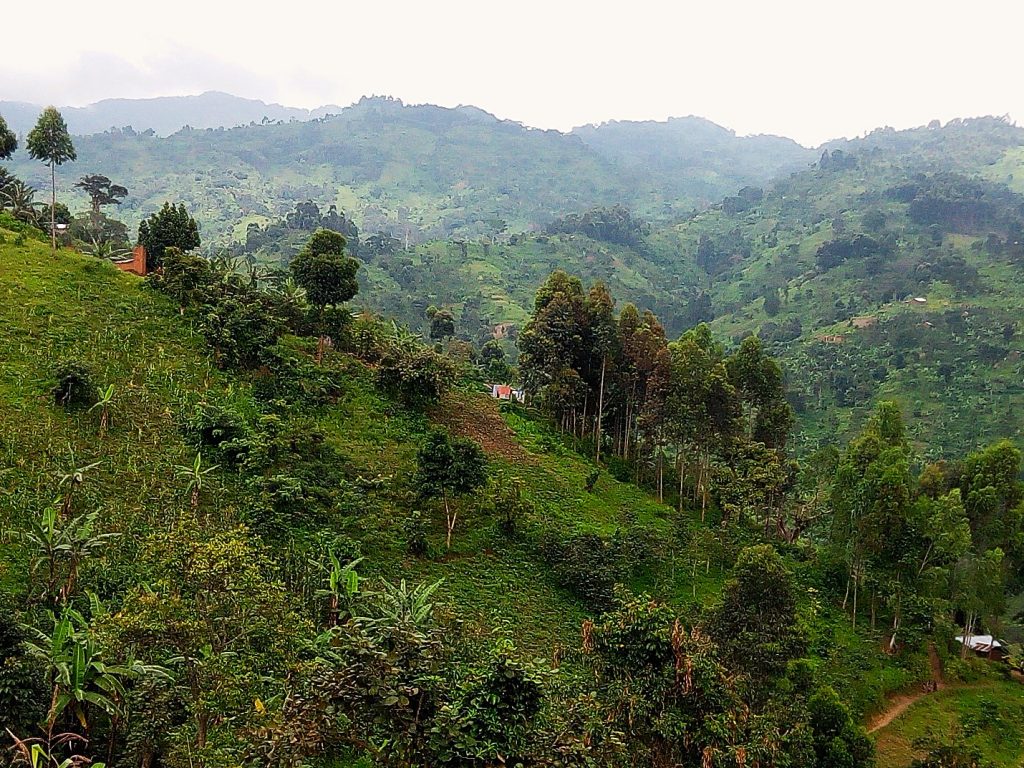Sustainable Asset Valuation of NBI for Ecotourism and Disaster Risk Reduction in Kyrgyzstan
Investing in nature-based infrastructure in Kyrgyzstan’s Teskey Ala-Too Mountains can reduce landslide and mudflow risks, protect Lake Issyk-Kul, and create sustainable tourism opportunities that benefit local communities.









